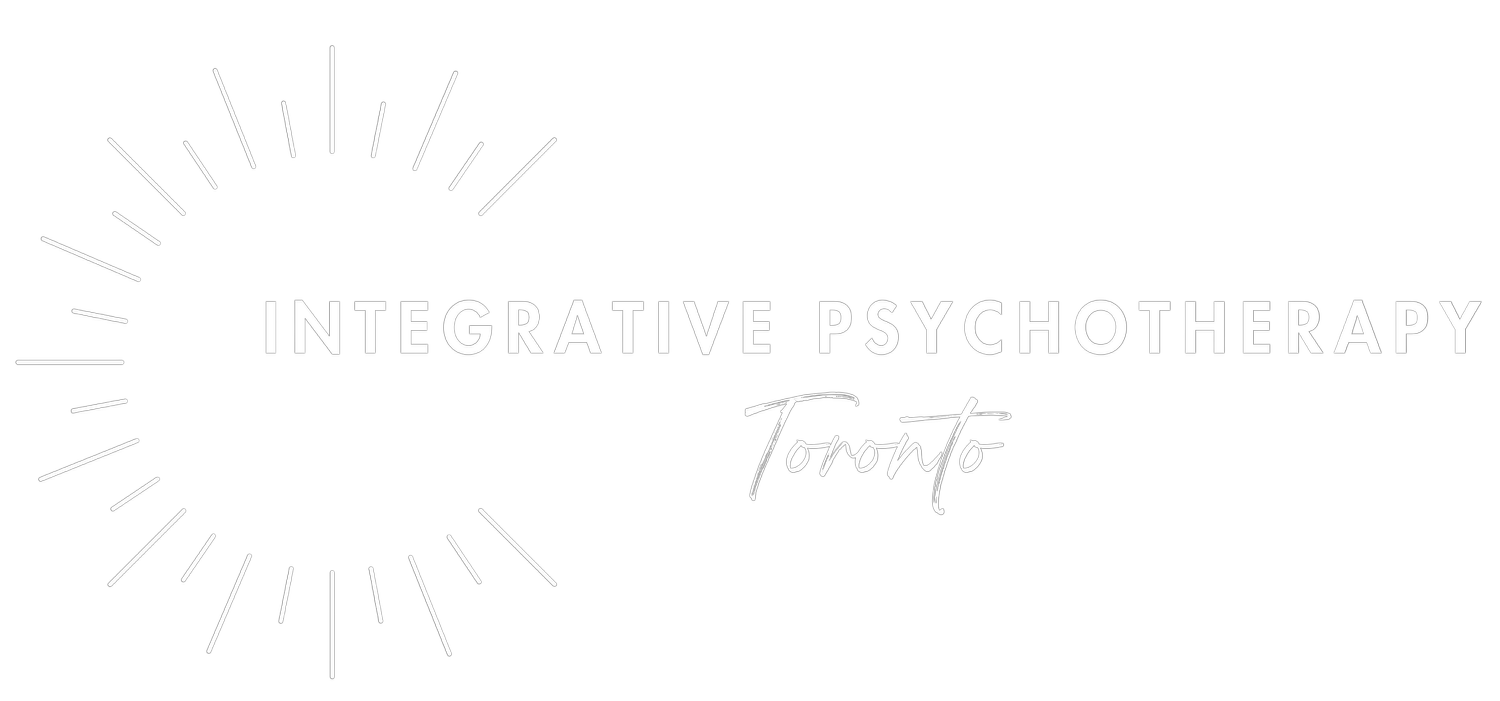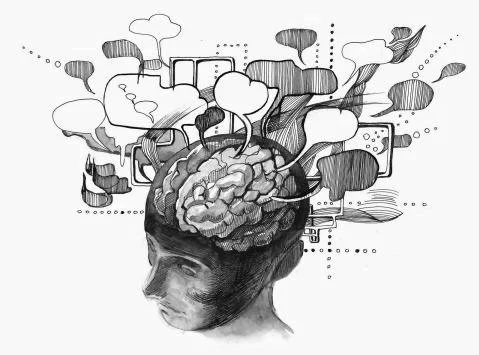10 Somatic Therapy Techniques for Mind-Body Healing
In a fast-paced world, our nervous systems are often overwhelmed, leaving many of us feeling disconnected, anxious, or trapped in cycles of stress. Somatic therapy—a body-centered approach—offers practical ways to heal not just the mind but the whole body. By integrating somatic therapy techniques, we can rewire our nervous systems, find grounding, and foster resilience.
Here’s how you can start exploring this powerful mind-body practice.
10 Key Somatic Techniques
1. Somatic Awareness
What It Is
Somatic awareness is the foundational practice of noticing sensations within your body—without judgment. This technique brings you into the present moment and builds a bridge between mind and body.
How It Works
By consciously focusing on bodily sensations, you strengthen your connection with the present and teach your nervous system to regulate itself. Over time, this practice can reduce symptoms of anxiety and promote calm.
Try This
Sit comfortably and close your eyes.
Focus on your breath and slowly scan your body, noticing any tension, warmth, or tingling.
Take five deep breaths, staying present with whatever arises.
2. Resourcing
What It Is
Resourcing involves identifying and connecting with something that feels safe or positive—either a memory, an image, or a place that brings comfort.
How It Works
Activating a positive or safe memory strengthens your nervous system’s resilience by bringing it back to a regulated state, helping you manage stress and avoid overwhelm.
Try This
Think of a calming place or memory.
Imagine yourself there, noticing the details (sounds, smells, textures).
Return to this resource whenever you feel stressed.
3. Grounding
What It Is
Grounding is the practice of connecting with the earth to create a sense of stability and calm.
How It Works
When you ground, you send a calming signal to your nervous system, allowing it to shift from a “fight-or-flight” state to a relaxed “rest-and-digest” state.
Try This
Stand or sit with your feet firmly on the ground.
Imagine roots growing from your feet deep into the earth.
Take slow, deep breaths as you visualize yourself rooted and steady.
4. Titration
What It Is
Titration means working with emotional or physical sensations in small doses to avoid overwhelming yourself.
How It Works
Instead of diving deep into intense feelings, titration allows you to experience and process these sensations in manageable amounts, helping the nervous system gradually release built-up tension.
Try This
Start with a minor discomfort, like mild stress.
Notice it for a few seconds, then let your attention shift to something neutral or pleasant.
Alternate between noticing the discomfort and resting until you feel more at ease.
5. Pendulation
What It Is
Pendulation involves moving your awareness back and forth between comfort and discomfort.
How It Works
By moving between these two states, you help your nervous system integrate sensations and release tension without becoming overwhelmed.
Try This
Notice a mildly uncomfortable sensation (like tightness in your shoulders).
Shift your attention to a neutral part of your body (like your feet).
Continue moving between these sensations, allowing your body to relax.
6. Boundary Setting
What It Is
Boundary setting in somatic therapy involves learning to feel and respect your body’s “yes” and “no” signals, empowering you to create healthier relationships.
How It Works
When you practice setting physical and emotional boundaries, you teach your nervous system to protect itself, reducing feelings of overwhelm and fostering emotional safety.
Try This
Close your eyes and place your hand on your chest.
Ask yourself if something you’ve been doing feels right for you. Notice any sensations (tightness, warmth).
Trust and act on the signals your body provides.
7. Act of Triumph
What It Is
An act of triumph reclaims power in situations where you previously felt helpless.
How It Works
This technique rewires your nervous system by engaging in small, empowering actions that counter past experiences of helplessness, building confidence and resilience.
Try This
Choose a small but symbolic action, like standing tall or speaking assertively.
Repeat it daily as a reminder of your strength.
Feel the empowering sensation in your body as you reclaim your autonomy.
8. Sequencing
What It Is
Sequencing involves letting the body discharge stored tension in small, manageable stages.
How It Works
This technique helps release trapped energy in the nervous system, allowing it to return to a calm state after stress or trauma.
Try This
Notice a place of tension (like your shoulders).
Allow your body to move slightly—shrug or stretch—until you feel some release.
Gradually work your way through other tense areas of your body.
9. Shaking
What It Is
Shaking is a natural, physical release technique that helps discharge stress and tension from the body.
How It Works
Animals naturally shake to release tension after a threat. For humans, this process resets the nervous system and helps it return to a balanced state.
Try This
Stand and allow yourself to shake gently from head to toe.
Shake for 1-2 minutes, focusing on areas that feel tense.
Breathe deeply and let the tension melt away.
10. Breathwork
What It Is
Breathwork involves conscious, rhythmic breathing to regulate the nervous system.
How It Works
Deep, slow breathing activates the body’s relaxation response, reducing stress hormones and increasing feelings of calm.
Try This
Breathe in for a count of four, hold for four, and exhale for six.
Repeat for 5-10 minutes, allowing yourself to relax with each breath.
Embrace Somatic Therapy for Lasting Change
Each of these somatic therapy techniques can be practiced anywhere and at any time, offering you a toolkit to manage stress and strengthen resilience. Whether you’re seeking relief from anxiety, depression, PTSD, or general stress, somatic therapy offers a compassionate, accessible way forward. Consider speaking with a therapist trained in somatic techniques to deepen your practice.
Ready to take the next step? Our Toronto therapists are here to help guide you on this journey to wholeness.
Looking for More?
If you’re interested in learning more about Mind-Body Therapy, we have lots of information to geek out on! You might enjoy:







